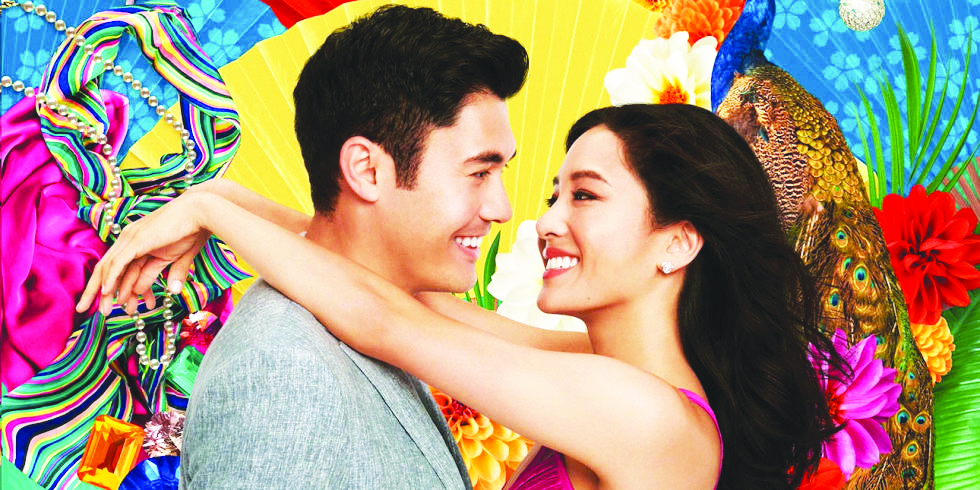Any rom-com fanatic will tell you that the heyday of the genre was in the 1990s, and that there has been a drought of new material since the early 2000s. Luckily, fans of “Crazy Rich Asians” and Netflix’s “Set It Up” and “To All the Boys I’ve Loved Before” are seeing a resurgence of the beloved genre. The hard part of making a good romantic comedy is not the plot, but how to make the story feel familiar to the audience without being boring. “Crazy Rich Asians” is, in every way, a rom-com for the modern age.
The meet-cute in “Crazy Rich Asians” is not between the main characters, Rachel Chu (Constance Wu) and Nick Young (Henry Golding), but between Rachel and the mega-rich Singapore society that Young grew up in. A photo of Rachel reaches Nick’s family almost immediately after it was taken, shown in a montage of a brightly colored technological web superimposed over the action of the film. “Who is Rachel Chu?” becomes the key question.
Rachel is, by her own description, a poor, “low-class immigrant nobody”, raised by a single mother. She also happens to be a professor of economics and game theory at NYU, serving as their youngest professor. This game theory specialty helps Rachel in her conflict with Nick’s mother, Eleanor Young (Michelle Yeoh), who makes it clear early on that she thinks Rachel is not good enough to marry her son. This conflict culminates in the now-infamous mahjong scene – rife with symbolism that is apparent to those who know the game, but with enough context for those not “in the know” to keep up. The motif of self-sacrifice and the importance of family unite when Rachel (spoiler alert) gives up the piece she and Eleanor need to win the game: Nick.
“Crazy Rich Asians” is a modern masterpiece not only for its role in bringing about the resurgence of the rom-com, but also for its role in the recent movement calling for more diverse, female-led films in big-budget Hollywood. With an entirely Asian cast, “Crazy Rich Asians” made $40 million in the first 10 days after its release, with projections to hit $100 million within a month. The film’s audience was also almost 40 percent Asian, a far greater percentage than any box office hit in recent years. This adds to the realization that has been quickly dawning on our society in the last few years: movies about people other than straight white men can and do make money.
Diversity is important in “Crazy Rich Asians” for another reason: It doesn’t rely on or use stereotypes. Each character is well-rounded, even if they initially seem to fit a stereotype. Peik Lin (Awkwafina) for instance, Rachel’s best friend, at first appears to be the stereotypical fashionable best friend, who supplies Rachel with outfits and rides in fancy cars. She breaks this mold by stealing the spotlight with her humor and originality. At first glance Eleanor Young appears to be a strict mother, keen on keeping the lower class out of the fold, when in reality she is a woman greatly influenced by her culture who only wants the best for her child.
“Crazy Rich Asians” delights audiences with its comedy, colorful cinematography and fun soundtrack, but the wonder only grows the deeper you delve into the symbolism, nuanced diversity and pure joy that radiates from every frame of the film.







